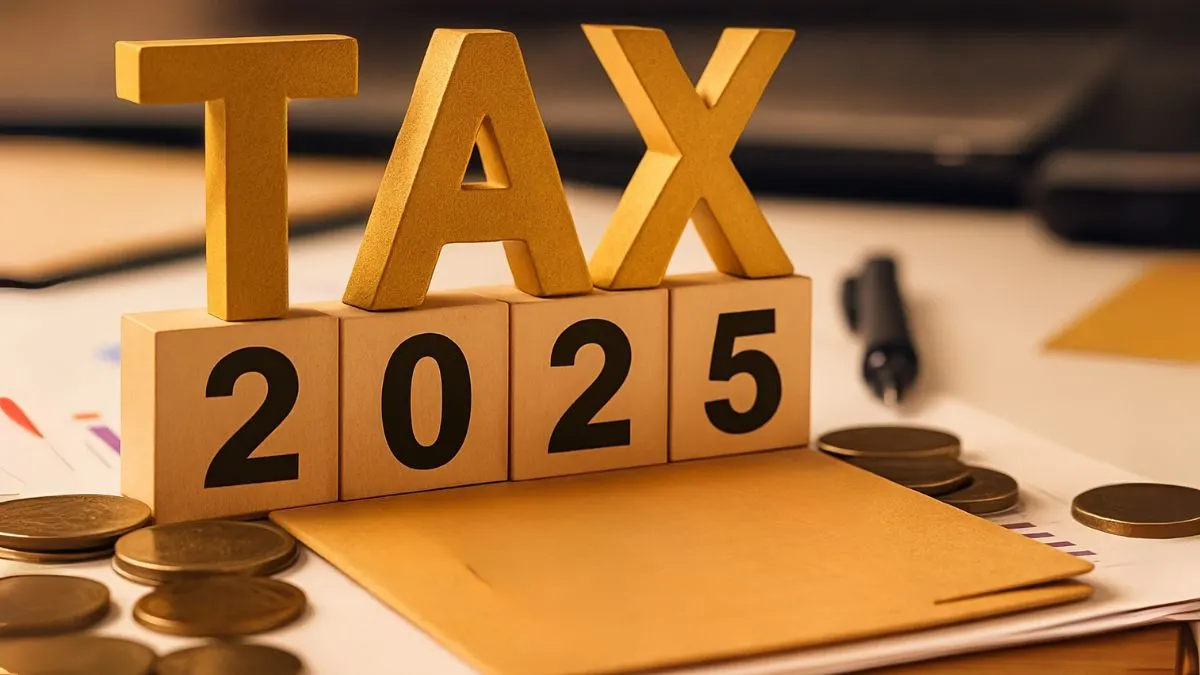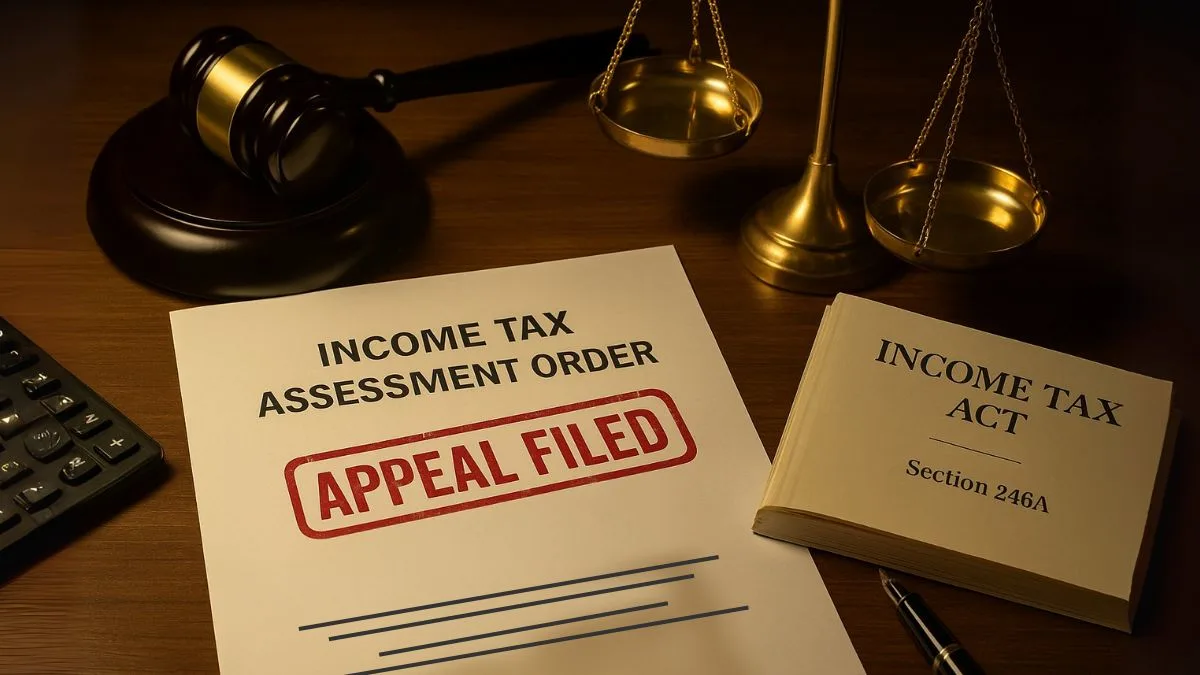
When it comes to the enforcement of tax compliance in India, Section 132 of the Income Tax Act plays a crucial role. This provision empowers the tax authorities to conduct searches & seizures of persons & properties to detect tax evasion or unaccounted assets. Let’s break it down in a simple & practical way to understand how this section works & what it means for taxpayers.
What Is Section 132 of the Income Tax Act?
Section 132 of the Income Tax Act, 1961 authorises designated officials, such as the Director General or Chief Commissioner of Income Tax, to carry out search & seizure operations. These operations are triggered when there is “reason to believe” that a person is either:
- Concealing income or assets,
- Has undisclosed money, bullion, jewellery or other valuable articles or things, or
- Has failed to produce books of account or documents despite notice.
This legal tool is one of the most stringent weapons in the hands of the Income Tax Department. "
When Can Search and Seizure Happen?
The law lays down specific scenarios under which these actions can be initiated. Section 132(1), 132(1A), 132(1B), & Section 132(4) detail the scope and procedure of such actions.
The search can be initiated in any premises—residential or business. The section empowers designated authorities to conduct search & seizure operations not only on individuals but also on firms, HUFs, companies, or trusts suspected of evasion.
The objective? To find hidden wealth, undisclosed income, or documents proving such concealment.
Key Elements of the Search & Seizure
- Any person who has any money, bullion, jewellery or other valuable articles or things that appear undisclosed.
- Authorities can break open locks, examine accounts, seize cash or valuables, & retain them.
- Statements can be recorded during such operations, & they are admissible in evidence under Section 132(4).
In some cases, Section 132(9D) of the Income Tax Act may be invoked when electronic records are involved. "
Section 132 of the Income Tax Act & Legal Framework
This section works in sync with various sub-sections such as 132(1A) (extended jurisdiction), 132(1B) (powers during search), & 132(4A) (presumption about books of accounts found). Each sub-section defines how information is collected, stored, & used in the assessment proceedings.
A key part of the process is ensuring that seized items are duly inventoried, acknowledged, & explained in subsequent assessments.
What Happens After a Search?
After the operation, the assessing officer evaluates the seized materials. If unexplained wealth or assets are discovered, they are added to the taxable income. Penalties & prosecution may follow in severe cases.
Interestingly, Section 132B of the Income Tax Act deals with the application of seized assets for settling tax liabilities.
Rights & Remedies for the Taxpayer
While the department holds significant powers under section 132 of the Income Tax Act, taxpayers are also entitled to certain rights:
- The search must be based on genuine “reason to believe”.
- A panchnama (inventory report) should be prepared & signed.
- The taxpayer can challenge the search through legal remedies.
Common Examples
Let’s say the department receives credible information that a real estate developer has stashed away crores of rupees in cash. Based on this, a search under section 132(1) may be authorised, & the seizure of unaccounted wealth can take place.
If valuables are found but not declared in the return of income, section 132(4A) helps the department presume that such items belong to the person searched.
Final Thoughts
Section 132 of the Income Tax Act is not just about raids—it’s about maintaining transparency & compliance in the system. For individuals and businesses alike, keeping records clean & income declared is the best way forward.
💼 Need help navigating tax compliance, audits, or notices related to Section 132? Get expert support at Callmyca.com — where tax worries meet smart solutions.











